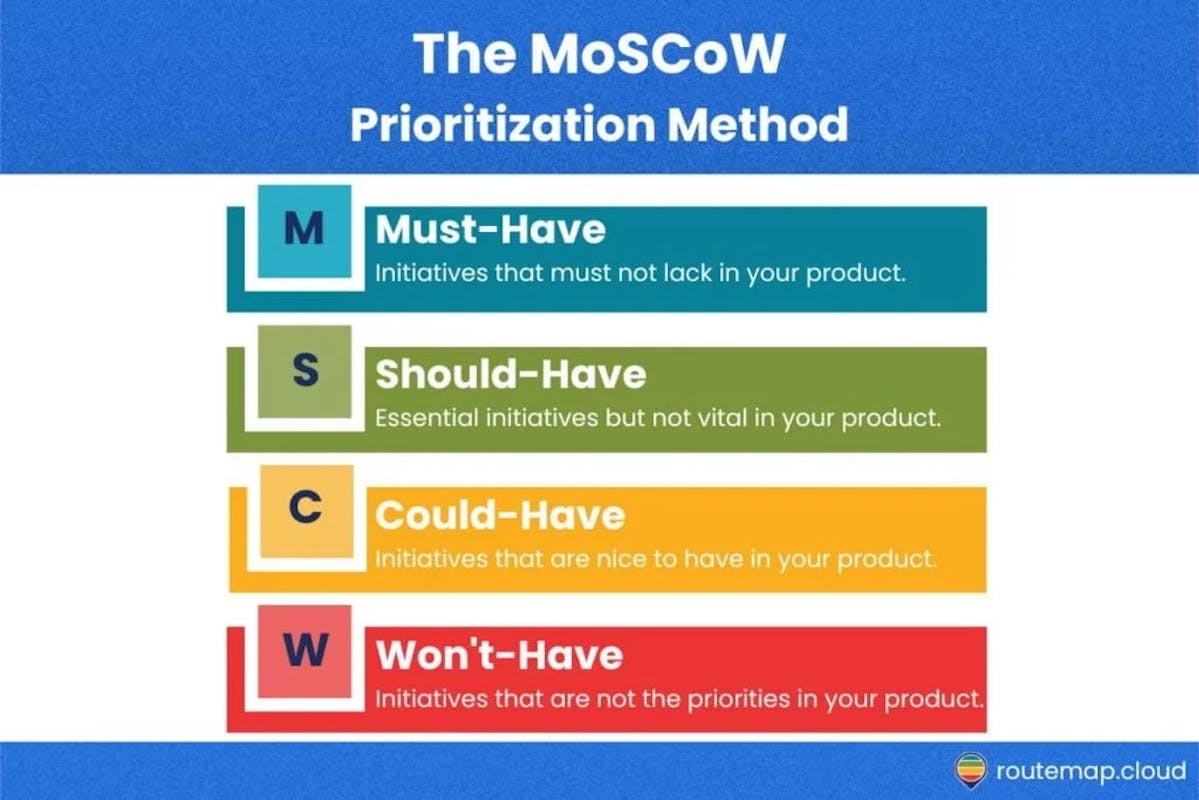Today, engineering teams are heavily responsible for building great products and building products that drive business growth as well. This is why the weight that business decisions impact engineering teams, be it directly or indirectly, can’t be overlooked. Here, engineering leaders, managers, Directors, and VPs of Engineering often find themselves at the intersection of technical execution and the overall business strategy.
This alignment is vital because every decision within the engineering team—whether it's about coding, architectural design, or project timelines—should contribute to the broader goals of the organization.
But how can engineering leaders ensure this alignment and move ahead in the right direction, Sprint Planning can play a pivotal role in ensuring momentum and achieving the business priorities. After all, sprint planning is about more than just outlining tasks for the coming weeks—it’s about setting a course that aligns with and supports the organization’s larger business objectives.
In this blog, we’ll explore how you can align your sprint planning with the broader business goals of your organization.
If you’re looking for deeper insights into achieving this alignment, continue reading.
Understanding Business Value in Sprint Planning
Before you can align your sprint planning with business goals, we know that this might sound a bit obvious but it’s essential to define what "business value" means within the context of your organization. Business value is essentially the benefit your product delivers to customers, users, or stakeholders. In real-world scenarios, different companies interpret business value through various lenses—some may focus on revenue growth, others on customer satisfaction or market share expansion.
Take, for example, a tech company like Amazon. Their engineering teams don’t just focus on building features—they build features that directly impact their business objectives, such as increasing Prime memberships or improving delivery times. In a typical sprint planning session, engineers at Amazon might prioritize backlog items that help enhance user experience for Prime members, as this directly ties into one of Amazon's core business goals—customer retention. The team would measure business value by tracking metrics such as conversion rates, user satisfaction, and churn reduction.
For your engineering team, business value may look different. It could be boosting the performance of a key feature, improving system reliability, or accelerating time to market for a new product. The first step is to identify the specific metrics that reflect your organization’s business value—whether it’s revenue, user engagement, or customer retention—and communicate these clearly to the team.
Let’s take a look at a mid-sized software company, for example. Suppose this company’s business goal is to enhance customer satisfaction by rolling out new features faster. In this case, business value can be directly linked to reducing cycle time and increasing feature deployment frequency. By aligning the sprint planning process with these metrics, the team can focus on tasks like streamlining code reviews or automating testing to speed up delivery.
Now that we’ve clarified what business value entails, let's get into the steps you can take to strategically align your sprint planning with your organization’s broader business goals.
What are the Key Steps for Aligning Sprint Planning with Business Goals?
Aligning sprint planning with business goals is essential for ensuring that your engineering team is not only delivering on time but also contributing to the broader organizational objectives.
Here’s how to make that alignment more effective:
Bringing Stakeholders into the Sprint Planning Process
Once you’ve identified what business value looks like, the next step is engaging stakeholders to ensure that your sprint goals align with the organization’s larger objectives. Instead of simply having stakeholders attend sprint meetings, treat it as a collaboration. Actively engaging stakeholders allows them to help shape the direction of the sprint, ensuring that the team’s efforts directly support business goals.
For instance, Spotify goes beyond gathering technical requirements from product managers. Their engineering teams work closely with marketing, sales, and customer support to ensure that the features being developed not only meet technical needs but also support broader business objectives, such as driving user engagement or supporting a major campaign. This approach helps align engineering efforts with long-term business strategies.
Similarly, when you involve stakeholders from various teams, you ensure that your sprint planning stays connected to the company’s most important goals. By fostering this collaboration, your team can prioritize the right tasks and deliver features that have the greatest impact.
Prioritizing the Backlog for Maximum Impact
Once you’ve engaged stakeholders and gathered their insights, the next step is to prioritize the product backlog. The backlog is essentially your team’s to-do list, filled with tasks, features, and improvements that need to be tackled. But not all tasks are created equal—some will have a much greater impact on the business than others. Prioritizing effectively ensures that your team is working on what truly matters.
Let’s take a closer look at a practical scenario. Imagine your team is working for a SaaS company focused on improving user engagement. The product backlog might include a range of items: a minor UI tweak, a major feature request from a key client, and some routine maintenance tasks. While all these items are important, not all of them will contribute equally to the company’s business goals.
To prioritize effectively, you could use a method like Weighted Shortest Job First (WSJF), which considers both the value of a task and the effort required to complete it. For example, if the major feature request from a key client is likely to result in a significant contract renewal, it should be ranked higher than routine maintenance, even if the latter is easier to accomplish.
By applying this approach, you ensure that your sprint goals are aligned with the business’s most pressing needs. Prioritizing backlog items that have the highest potential for impact keeps the team focused on delivering value where it matters most.
Another technique is the MoSCoW method (Must have, Should have, Could have, Won’t have), which helps categorize tasks based on their urgency and importance. For example, "Must have" items could include critical bug fixes that affect the user experience, while "Could have" might be minor enhancements that can be delayed without major consequences.
Ultimately, prioritizing the backlog isn’t just about deciding what to work on first—it’s about ensuring that every task in the sprint contributes to the organization’s larger goals. This way, your team’s efforts are always aligned with what drives business success.




